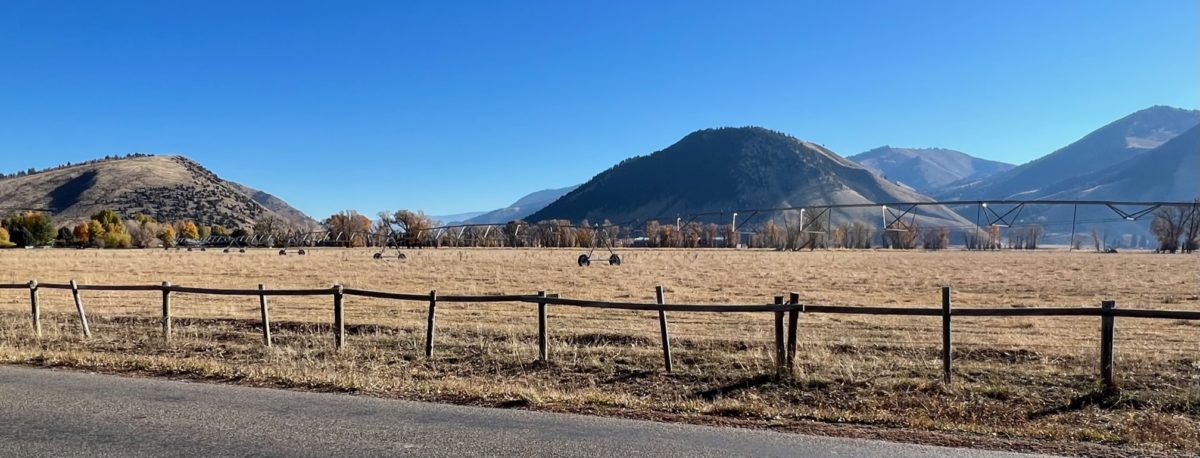The best potential for new housing on a scale that could meaningfully move the needle on workforce housing in the community is on land known as Northern South Park (NSP) adjacent to the west end of High School Road. Current plans envision up to 1,800 units, at least 1,356 of which would be deed restricted. NSP will push limits. Policy makers must be clear-eyed about the challenges.
It will push the limits of creative zoning. Zoning must incentivize landowners to opt in, recognizing that their bundle of property rights starts on the free market. But it must also place sideboards on the resulting entitlements to ensure the bulk of the units will ultimately be deed restricted. That’s a balancing act fraught with pitfalls. The allure of living in the hippest zip code in the West attracts cash buyers from across the nation who can bring income from high-paying remote jobs and trust funds and consistently outspend local workers, even for one-bedroom condos. Landowners know the potential blue-sky value of an up-zone. Why should they pull the trigger on development that, because of up-front affordability restrictions, cuts that value by orders of magnitude? At the same time, why should local officials approve a massive up-zone without rock-solid guarantees that the promised 70% deed-restricted housing will materialize?
It will push the limits of public funding and philanthropy. A recent study estimated that the affordability gap between the cost of a new town-home style dwelling and what a family earning median income (MFI) in Teton County can afford is around $500,000. If the hope is to build 1,356 units for households earning median family income, then as a community we need to find over $600 million in subsidies just to cover the cost of construction. That’s likely a minimum.
It will push the limits of innovative transportation planning. There’s limited appetite to build new roads to serve the community, meaning that future residents in NSP will have to lead their lives with far fewer single-occupancy automobile trips than the rest of us, a concept that, in Wyoming, is almost un-American. They’ll need reliable transportation alternatives.
NSP will push the limits of innovative financing. Transportation, water and sewer infrastructure must be paid for and installed prior to the construction of housing. Generally, expectations of future profits motivate developers to risk those up-front investments. If most of the housing is priced at below-market rates, developers will need other forms of assurance to backstop potential losses.
And NSP will likely push the limits of public trust. The community’s high expectations for affordable housing will bump up against the reality of private interests where every acre of land could be worth millions. The public expects NSP to deliver hundreds of apartments, townhomes and single-family residences we can afford. Landowners expect sufficient profits to extend a legacy of ranching and preservation of open space that has defined the community’s character for over a century and to retain sufficient property rights to allow flexibility in legacy planning and philanthropic decisions. In this regard, not only housing in NSP hangs in the balance, but so does preservation of iconic open spaces beyond NSP where development would gravely threaten agricultural, scenic and wildlife values.
There are possible solutions. Already donations of land, as much as 45 acres, indicate landowners are willing to make substantial philanthropic contributions. Gifts elsewhere in the community suggest the community is willing to match those efforts. And community leaders recently put tens of millions of dollars on the ballot to fund sundry employee housing efforts. If approved the measures would provide orders of magnitude more public capital than has ever before been available for community housing, and much of it could be deployed in NSP for projects like the Jackson Street Apartments (see How Housing Happens part 1). As for infrastructure, other states like Texas utilize public/private partnerships to bond for infrastructure through Public Improvement Districts where bonds are repaid through an assessment on the newly created parcels. And as for public trust, keeping the process transparent and open to the public while respecting private property rights and remaining mindful that ranchers have stewarded open spaces in Teton County for over 100 years and aren’t looking to sacrifice that legacy any time soon can help align expectations between the community and landowners. Meanwhile, very smart planners have started in on the delicate task of crafting zoning that recognizes challenges laid out above.
Maximizing our opportunities to build housing that’s 100% for local workers requires thoughtful, experienced leadership. Early voting began September 23. Ballots can be cast through election day on November 8. This fall, please vote to re-elect Mark Newcomb for County Commission.

